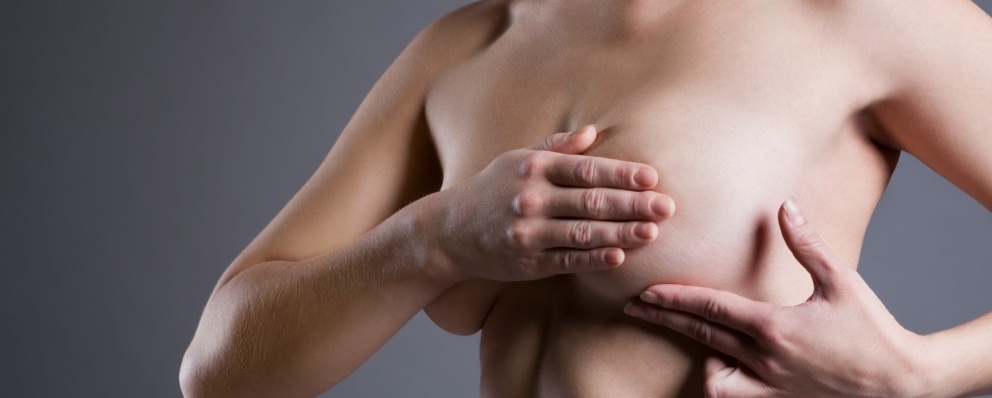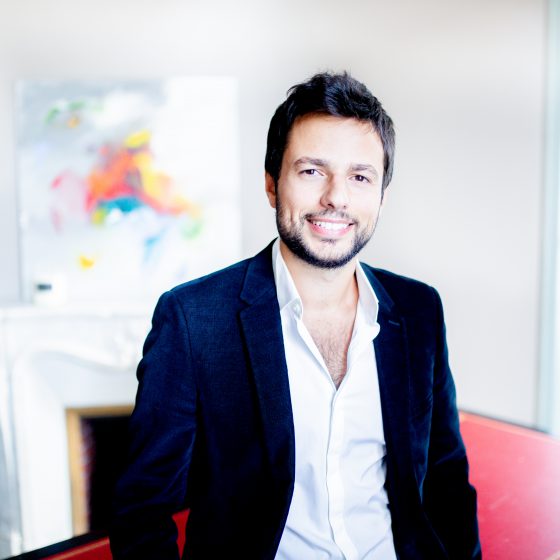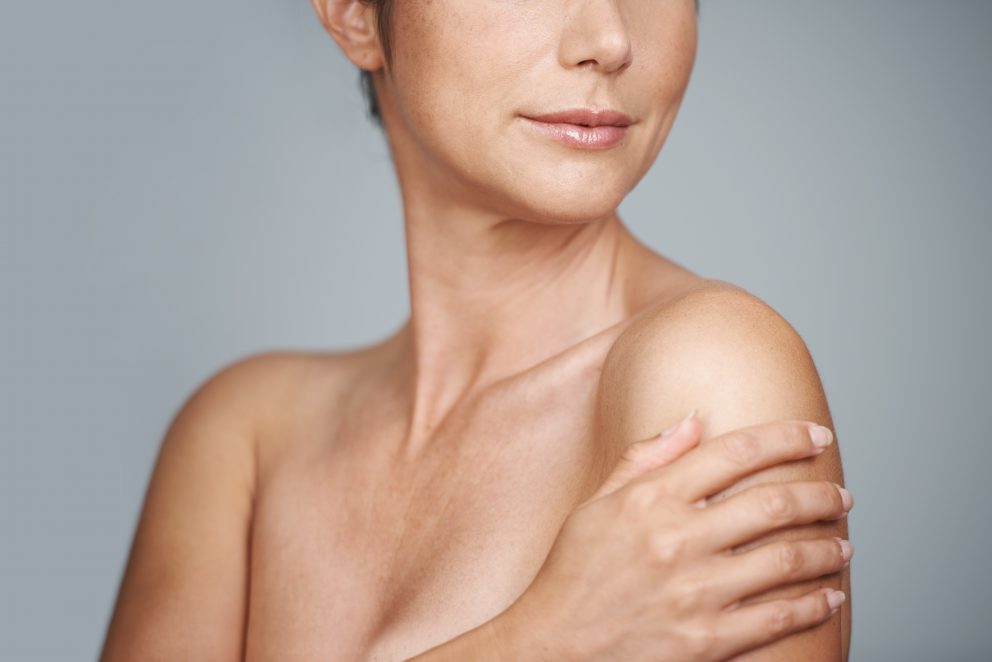BREAST RECONSTRUCTION WITH PAP
The PAP is a flap used mainly for breast reconstruction in slender patients. This technique involves harvesting tissue from the thigh to reconstruct the breast.
Your Questions
Frequently Asked Questions in Consultation
DIEP OR PAP RECONSTRUCTION?
The choice between the two techniques is above all a matter of morphology.
DIEP is preferred in patients who
- with a small stomach bulge, or abdominal apron
- a large breast to rebuild
A PAP is preferred for patients
- thin or slender, with no belly bulge
- with a small breast to reconstruct
- or with a contraindication to DIEP: previous tummy tuck, tummy liposuction
IS THIS SURGERY RISKY?
No,
The most serious complication would be reconstruction failure when the vessels connected to the breast become blocked.
This happens when the mammary vessels in the breast are severely damaged by radiotherapy or aggressive chemotherapy.
Unfortunately, we can't know in advance.
Reconstruction failure with a trained team does not exceed 2%.
PAP or prosthesis?
Several scientific studies have shown that the quality of life after autologous reconstruction (DIEP, PAP, etc.) is superior to the quality of life of patients 10 years after the procedure. reconstructed with implants.
It's easy to understand: autologous reconstructions are definitive reconstruction techniques using your own tissues. There are no late complications at a distance, unlike with breast implants.
YOU MAY BE INTERESTED
IN THESE SECTIONS
TO DR. DJIAN


